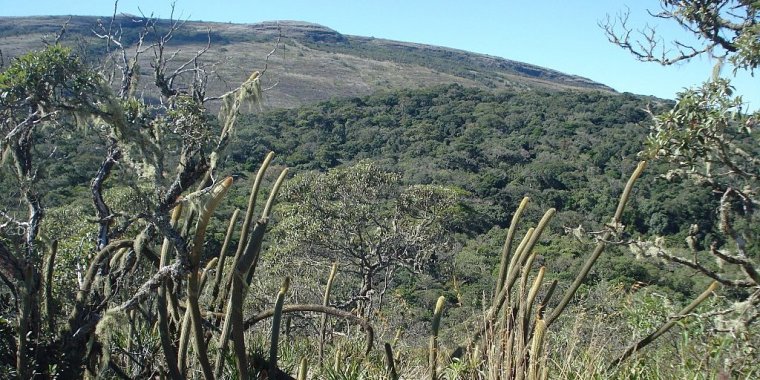| News / Science News |
Fire control harms biodiversity in Brazilian savannah
Policies that prevent fires caused by people in El Cerrado (the Brazilian savannah) lead to biodiversity losses because they promote the expansion of forests with dense vegetation.
This is the main conclusion of a study that examined impacts over the last 30 years in parts of El Cerrado that belong to São Paulo state.
The researchers used satellite images to determine changes in vegetation, and in the amount of carbon dioxide absorbed in different areas of a small city in El Cerrado the commune Aguas de Santa Barbara.
They confirmed that a policy banning human-caused fires between 1986 and 2015 encouraged the growth of denser forest.
This led to an increase, by 1.2 tons, of the carbon stored in both vegetation and soil in those areas since 1986.
But at the same time, they found a reduction in the diversity of plants and ants in the same period, by 27 per cent and 35 per cent respectively.
According to the researchers, these findings apply to other animals too, so impacts can also be expected for birds, reptiles and amphibians.
The El Cerrado is an area with open vegetation, shrubs and grasses. The chemical processes that influence biodiversity by stimulating the sprouting and blossoming of plants, fruiting and seed dispersal, are regulated partly by fires.
Ceasefire policies might be beneficial for Amazonia and the Atlantic Forest but not for El Cerrado. This is an area that needs fire in order to maintain its animal and vegetable species diversity.
Excessive fire suppression might be devastating to the species that depend on natural savanna habitats, both in Brazil and in other regions of the world such as parts of Africa. (SciDev.Net)
YOU MAY ALSO LIKE




